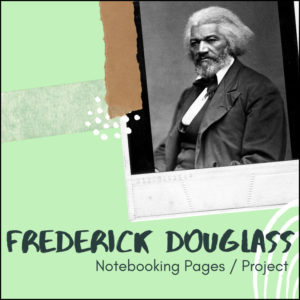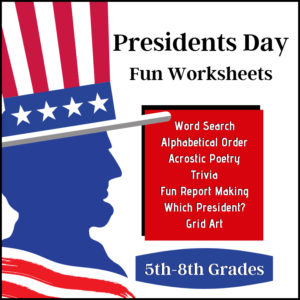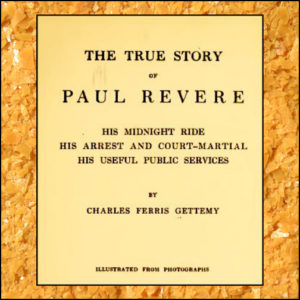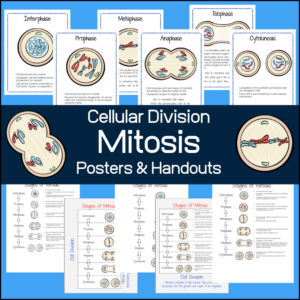Description
All-Access members do not pay for this or any resource. Become an All-Access member today!
________________________
|
Get the MOST from My Teaching Library by connecting with us here: |
$3.50
This Science / Biology resource provides colorful posters and worksheets for 3 stages of a butterfly’s life cycle: caterpillar, chrysalis, adult butterfly.
Each stage of life comes with a poster (labels showing the parts) and the following 3 worksheets:
#1: Students will label a picture of the specific stage and are given the names of the parts they are to label
#2: Students will label a picture of the specific stage but are not given the names of the parts (as they should have those memorized)
#3: Students are to both draw and label the specific stage. Parts they are to label of given.
What parts are labeled for each stage?
BONUS: All pages are also included in B/W format!
All-Access members do not pay for this or any resource. Become an All-Access member today!
________________________
|
Get the MOST from My Teaching Library by connecting with us here: |
Only logged in customers who have purchased this product may leave a review.

Includes:

This resource is filled with fun activities for students to use whenever they are studying the presidents or for Presidents day! Activities include a word search, an acrostic poetry page, presidential trivia, a ‘Which President’ worksheet, two picture graphs (Washington and Lincoln) and report / notebooking pages. Answer Keys are provided!
Great for any classroom around Presidents Day in February (or) in a Government / Civics class (or) American History class anytime of the year. Designed for 5th, 6th, 7th, and 8th graders.
See description below for more info.

This is a downloadable copy of the book. (358 pages)
About the book: Published in 1905, Gettemy writes of Paul Revere’s midnight ride, his arrest, court-martial plus his ‘useful public services’. Paul Revere ( December 21, 1734 – May 10, 1818) was an American silversmith, engraver, early industrialist, and a patriot in the American Revolution. He is most famous for alerting the Colonial militia to the approach of British forces before the battles of Lexington and Concord, as dramatized in Henry Wadsworth Longfellow’s poem, “Paul Revere’s Ride”. Revere was a prosperous and prominent Boston silversmith, who helped organize an intelligence and alarm system to keep watch on the British military. Revere later served as a Massachusetts militia officer, though his service culminated after the Penobscot Expedition, one of the most disastrous campaigns of the American Revolutionary War, for which he was absolved of blame. Following the war, Revere returned to his silversmith trade and used the profits from his expanding business to finance his work in iron casting, bronze bell and cannon casting, and the forging of copper bolts and spikes. Finally in 1800 he became the first American to successfully roll copper into sheets for use as sheathing on naval vessels.

These Science posters and handouts are designed to help students learn the phases of cellular division / reproduction through the process of mitosis.
Phases outlined: Interphase, Prophase, Metaphase, Anaphase, Telophase and Cytokinesis.
Included: Both color and b/w posters / handout, with and without explanations of what actually occurs during each phase.


Reviews
There are no reviews yet.